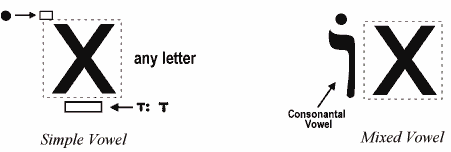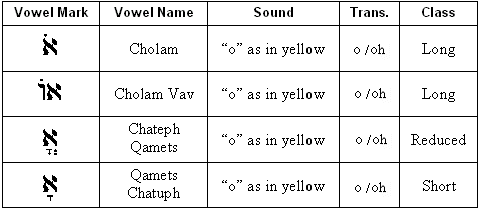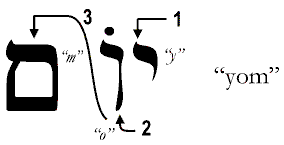|
|
Basic Syllables |
|
|
Open Syllables: |
|||||||||||||||||||||||||
 |
|||||||||||||||||||||||||
|
Closed Syllables: |
|||||||||||||||||||||||||
 |
|||||||||||||||||||||||||
|
Practice Readings |
|||||||||||||||||||||||||
|
One syllable: |
|||||||||||||||||||||||||
 |
|||||||||||||||||||||||||
|
Two syllables: |
|||||||||||||||||||||||||
 |
|||||||||||||||||||||||||
|
Three / more syllables: |
|||||||||||||||||||||||||
 |
|||||||||||||||||||||||||
|
Quick Summary: |
|||||||||||||||||||||||||
 |
|||||||||||||||||||||||||
|
A note about Shin / Sin and Cholem: |
|
|
|
|
Transliteration Practice: |
 |
|
|



